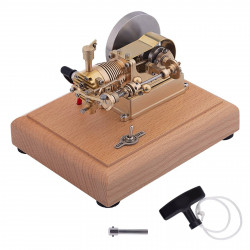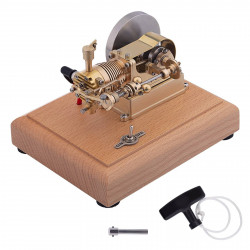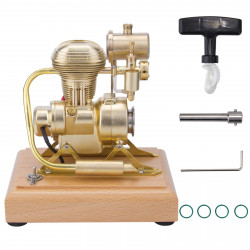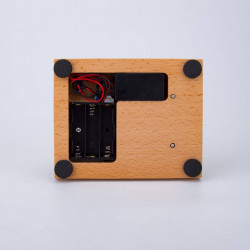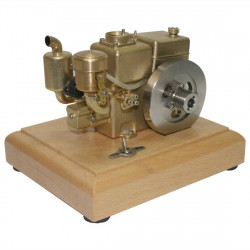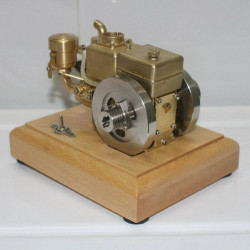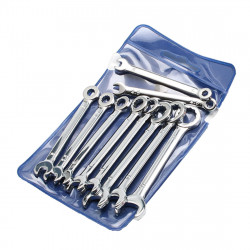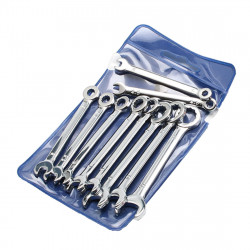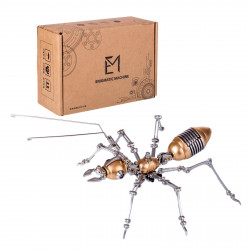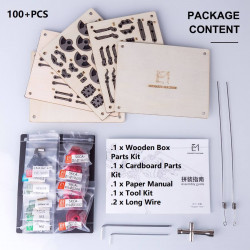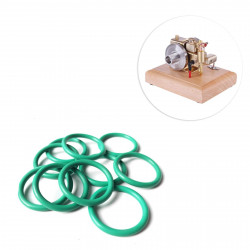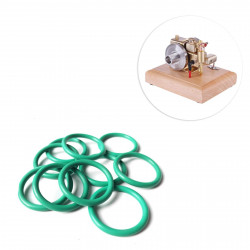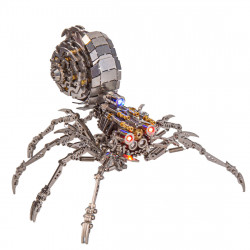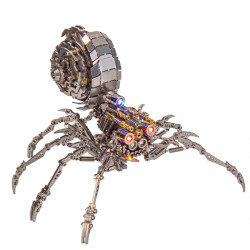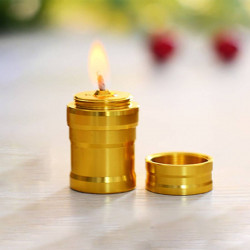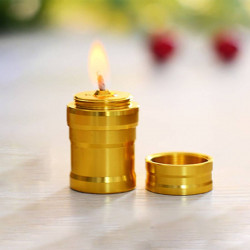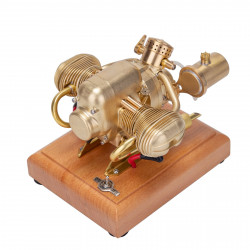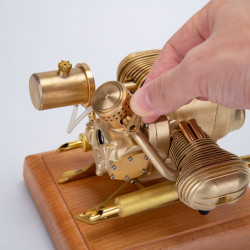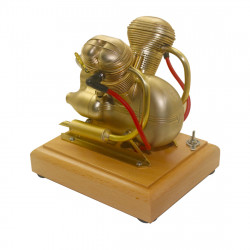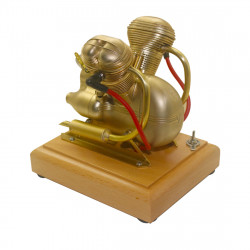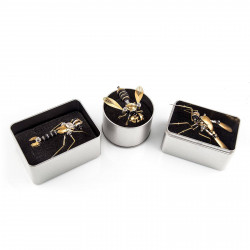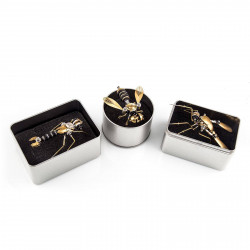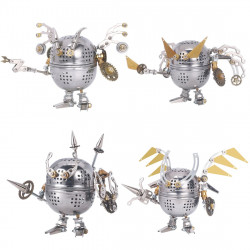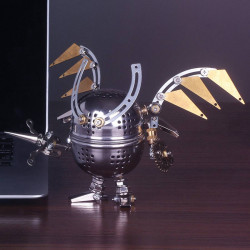How To Build A Mini V8? - Build Your Engine Model
A V8 engine has eight cylinders arranged in two banks of four in a V shape, all sharing one crankshaft. The American 1914–1935 Cadillac L-Head engine is regarded as the first automobile V8 engine to be produced in large quantities. Still, the French manufacturer Antoinette created the first known operational V8 engine in 1904. After the Ford Flathead V8 was introduced in 1932, the popularity of V8 engines in automobiles skyrocketed.
A cross-plane crankshaft V8 engine is a typical layout for large car engines. V8 engines are commonly used in cars with rear-wheel drive or all-wheel drive. They also typically have a longitudinal engine layout because of their large size.
However, V8 engines have sometimes been used in front-wheel drive cars with transverse engines. To save space, these engines may have cylinders placed closer together and narrower angles between cylinder banks.
Having complete visibility over every movement of a V8 engine is the best approach to understanding how it functions. Every component moves in unison with the crank, just like the actual thing.
Using high-precision 3D printing technology, this small V8 engine (2.5 x 2.4 x 2.2 inches) has a rich texture, authentic restoration, and premium quality. The car has many parts. Some of these parts include the generator, water pump, and steering pump.
Other parts are the air conditioning compressor, belt wheel winding drive structure, and oil pan structure. Additionally, there are parts like the layered cylinder head, cylinder head cover, and spiral near and far valve intake manifold. Lastly, there is the power supply drive board plug interface.
The model can mimic a real engine because of its compact design. The design prioritizes stability and dependability in a small space. This allows the model to be powered effectively. Although assembling could take a few hours and patience, the process is entertaining and will leave you with a sense of accomplishment.
Steps for building your engine:
1. Install the inner belt and starter.
2. Install the flywheel part to the cylinder block.
3. Install the motor cover and generator.
4. Install the power steering pump wheel part.
5. Install the tensioner wheel to the front cover of the cylinder.
6. Install the cylinder head to the main cylinder.
7. Install the crankshaft main wheel.
8. Install the compressor and oil pan.
9. Install the intake sump and throttle valve.
10. Install the intake duct and intake manifold.
11. Install the air intake part to the cylinder block.
12. Install the cylinder head cover.
13. Install the fuel rail.
14. Install the drive belt.
15. Install the ignition coil and spark plug connector.
It is undoubtedly an excellent place to start for interested engine enthusiasts and beginners. The V8 model engine kit is for kids 14 and up. It has parts like crankshafts, pistons, pulleys, belts, pumps, and makes engine sounds.
Ignition and light-up spark plugs are likewise features of the lower-scale V8. Even though it's not a real car engine, it's a great way for beginners to learn about building engines.
The AX90104 SCX10II Capra VS4-10 Pro/Ultra is compatible with many other remote control car models. Your RC car will look more distinctive and potent after installing this engine and compete at the top of any competitive car races!
That small thing is fantastic. This small vintage engine model is a great educational tool and a fun toy for learning about internal combustion engines. You can play around with different parts like cranks, pulleys, belts, and exhaust pipes to make a realistic product. This helps you learn and appreciate the art of building miniature engines.
The do-it-yourself toy teaches you how the engine operates and fosters patience, creativity, and hands-on skills. It's entirely up to you, from painting to assembling!
Furthermore, this textured artwork's small size makes it a gorgeous exhibition and home decoration. Participating in it is enjoyable for one individual or the entire family!
